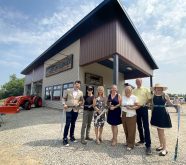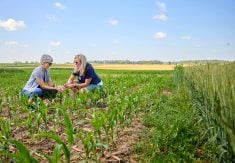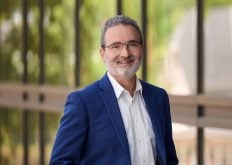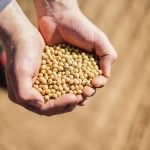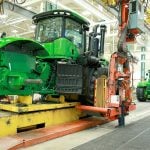
Could agriculture be a net-zero carbon emitter, or even a carbon sink? According to Vern Osborne, professor of animal biosciences at the University of Guelph, the answer is yes — and it could be done today, with current technology.
During a presentation at the Farms.com Precision Agriculture Conference in London, Osborne detailed the future of agriculture as reliant on both farming and non-farming stakeholders (everyone) to employ imagination with the will necessary to redesign how farms work. That means looking beyond agriculture as an easy target of carbon-emission criticism, while not responding negatively to environmental concerns from non-industry groups.
Why it matters: Current technology can solve agriculture’s carbon and resource-sustainability issues. Both the farming and non-farming community need to be imaginative in implementing those technologies, while being willing to pay for them.
Read Also
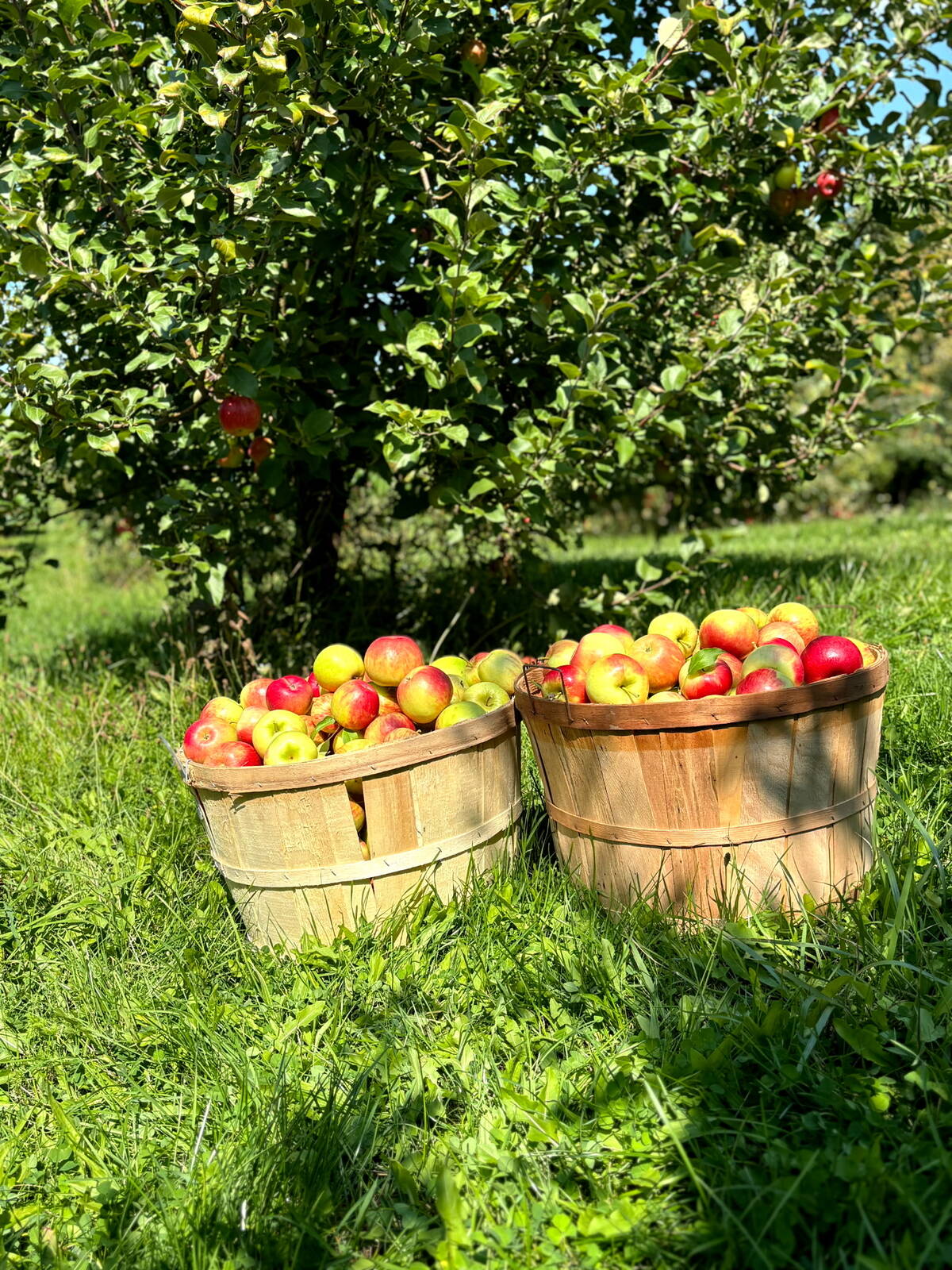
Farmers taking to social media to spread the word about the cost of farm thefts
A rash of farm thefts in Ontario have left farmers looking for new ways to help customers understand the cost of stealing goods.
By getting past self-generated barriers to innovation, he says, the positive will to invest in truly sustainable farm infrastructure can be both mutual and genuinely effective.
Opportunities in energy and farm Infrastructure
Agriculture is facing a large variety of environmental, economic, and social challenges — including competition from competing food technologies (such as 3D printed food), air quality concerns, water concerns, and an ever-shrinking body of arable land. However, Osborne says there is tremendous opportunity in the energy sector, as well as what he calls the “building envelope” — the infrastructure used to harness a farm’s true energy potential.
An example of a highly effective building envelope, says Osborne, can be found in the United States’ new Ford-class aircraft carriers — navy craft which hold everything required for extended operations within its walls.
“Everything we need to solve our issues is in that Ford class carrier. We just need to bring it to ag,” Osborne says. He makes particular note of its internal energy generation and storage systems, and how the same idea could be applied to farms, particularly livestock farms.
Ontario ideal for “carbon farming”
Due to its generally favourable climate, access to water, and other factors, the Great Lakes Region was highlighted by Osborne as a region that could be “the best carbon sink” and one of the most powerful rural economic areas in the world. But due to a lack of will on the part of industry as well as governments, and a lack of recognition that progress can be — and indeed is — being made in sustainable food production, the region’s potential remains largely unrealized.
This applies to the lack of incentives for farmers to pursue serious levels of ecologically minded changes to their businesses.
Planting trees in the middle of a field used for cash crop production, for example, might make environmental sense, but financially it doesn’t work. However, if farmers could get paid for those trees, Osborne says that potential carbon sink starts to make economic sense.
The greenhouse gasses generated by livestock, too, could be harnessed and employed for energy in the right barn system. Storage for that energy — or even for water — could also be incorporated into the structure itself, as is done in the greenhouse industry. Combining greenhouse technology and designs with livestock production, he says, is just one example of how two industries could combine efforts for wider benefits.
“Why don’t the greenhouse and dairy people talk to each other?” says Osborne. “There’s tons we can do with carbon farming.”
The base of new research facilities
These ideas are central to the University of Guelph’s Mission 2050 project — a plan to replace the school and province’s current dairy, swine and poultry research stations with completely sustainable and self-regulating facilities.
As the project’s science and design lead, Osborne stresses the sustainability shortcomings of the University’s newest dairy research facility — the project’s first phase was officially completed in 2015, though without some features initially incorporated into the design plan — also stems from a lack of financial will.
“We have a tremendous asset sitting in our own boundary lines,” he says.
“Agriculture has huge potential to be net-zero or better. We just need to commit as an industry, and be recognized for it.”






